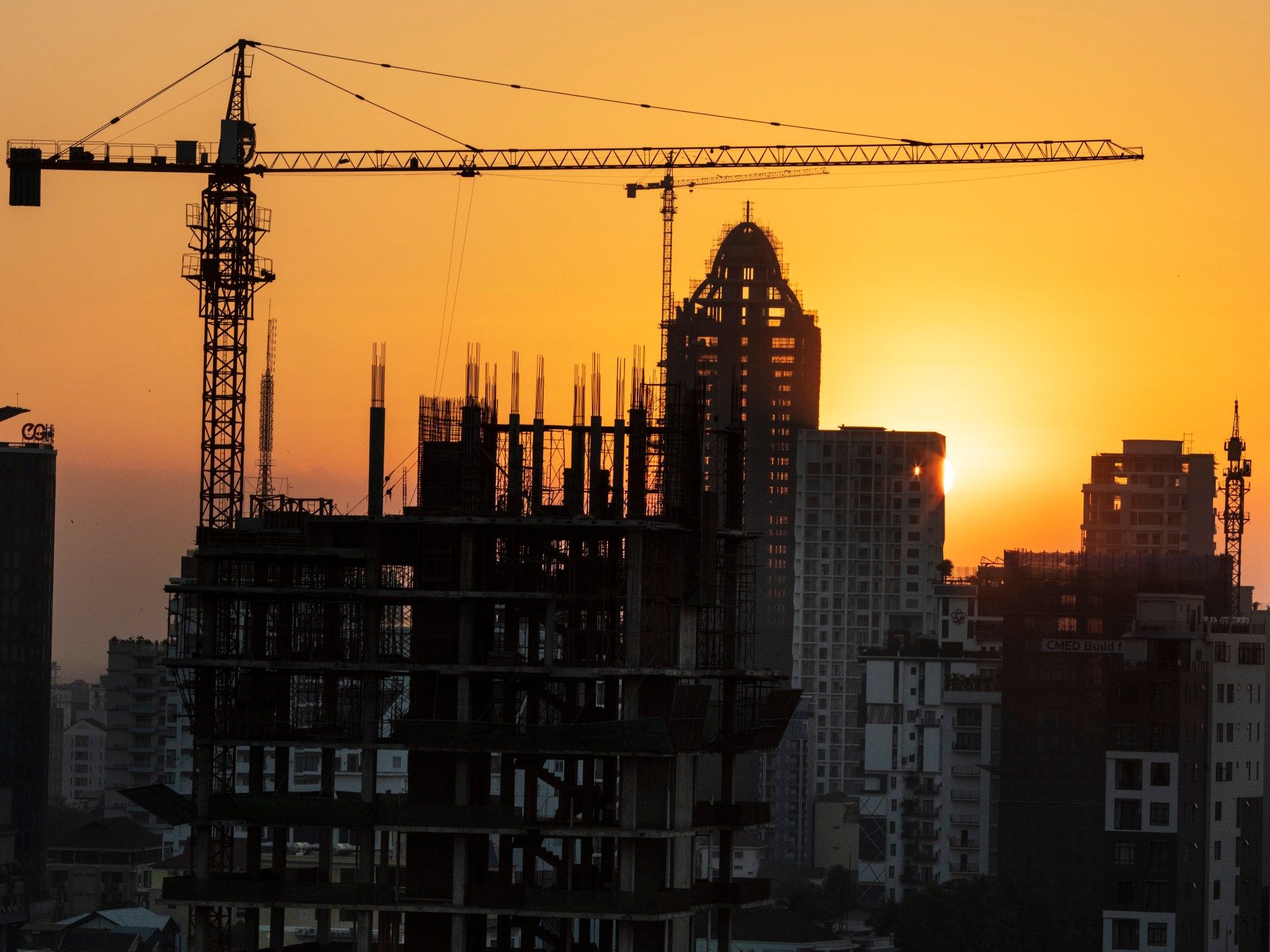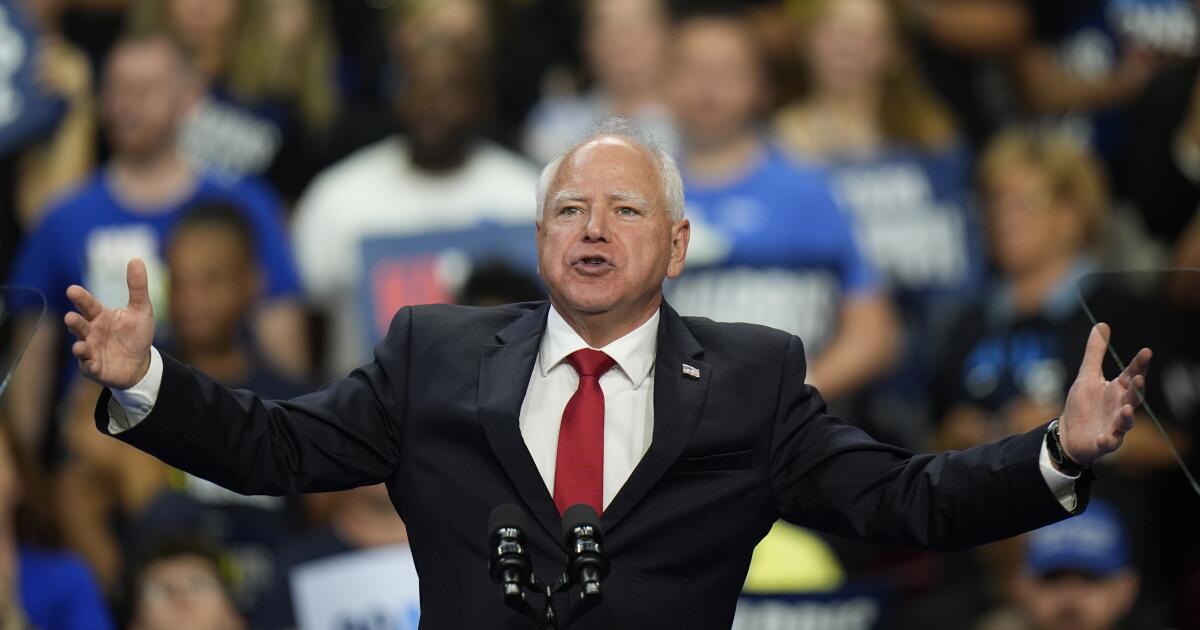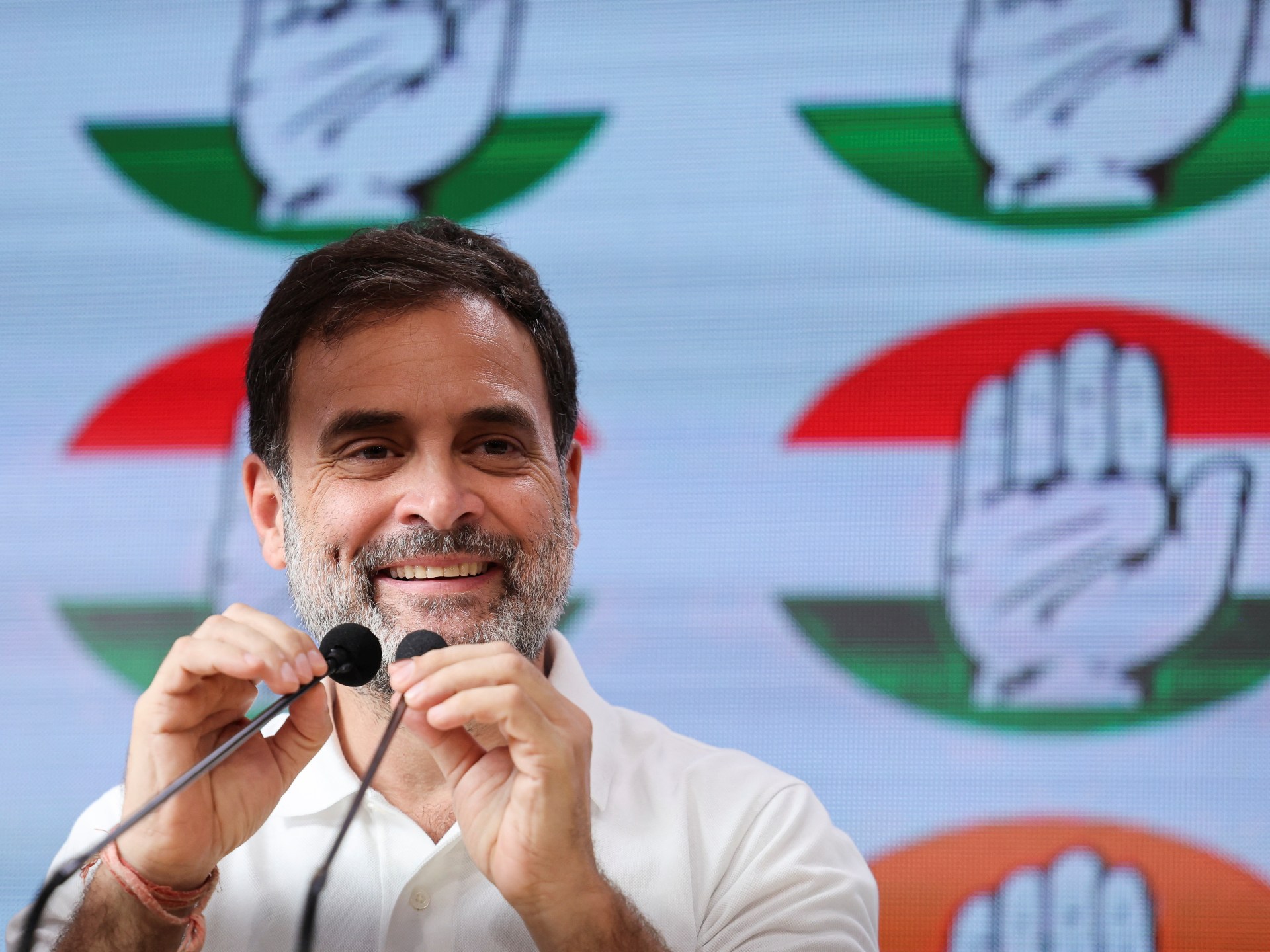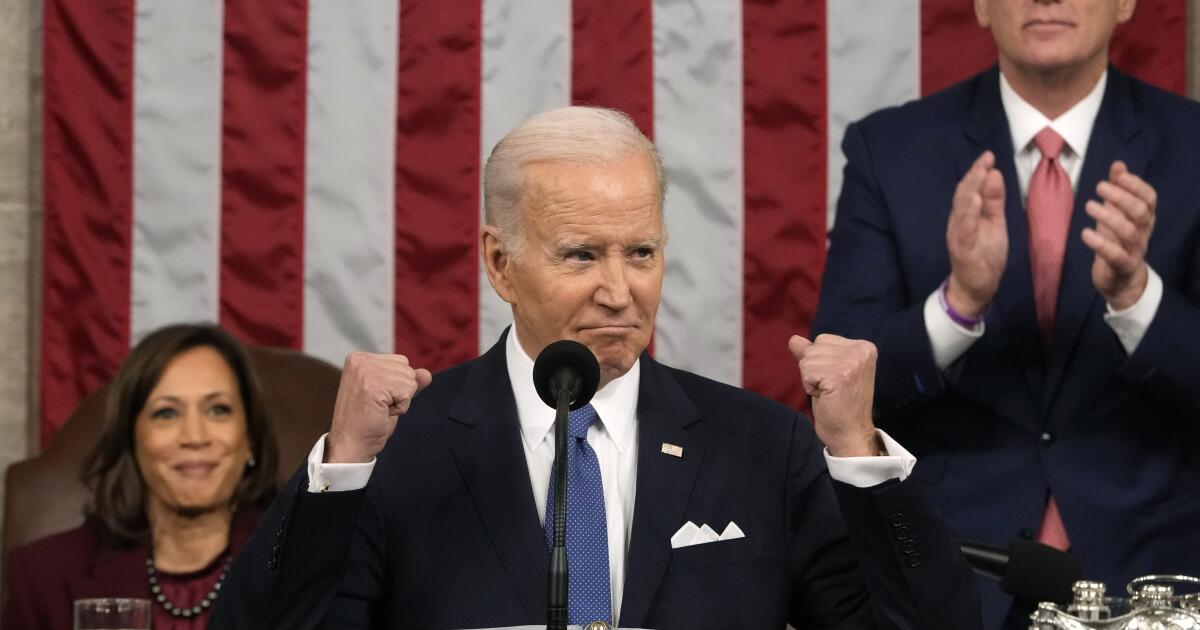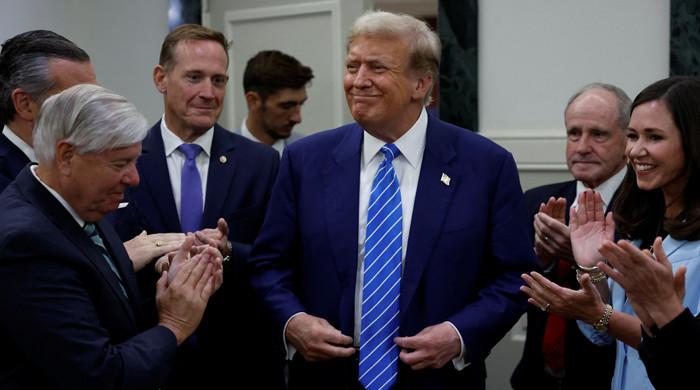Phnom Penh, Cambodia – Cambodia is pushing for an infrastructure renaissance, but will need some help from its friends abroad to reduce the estimated $36.6 billion cost.
That was the final sum calculated by the Cambodian government and published earlier this year in a master plan of 174 projects that would overhaul the national transportation and logistics network over an ambitious timeframe of just a decade.
The goal of crisscrossing the kingdom with highways, high-speed rail lines and other works fits closely with the state's long-standing desire to become an upper-middle-income country by 2030 and a high-income nation by 2050.
Since the unopposed ascension last year of Prime Minister Hun Manet – son of former Prime Minister Hun Sen, the country's leader for almost 40 years – his new government of would-be technocrats has pressed ahead with the construction campaign, pleading with allies closer foreign ties and greater investment while assuring the public of great things to come.
“We will not stop setting our goals in building road and bridge infrastructure,” Hun Manet said in February during the inauguration of a bridge in Phnom Penh financed by a Chinese loan.
“Roads are like blood vessels that feed organs wherever they go… soon we will have the ability not only to possess [material things] but also for Cambodians to build infrastructural wonders such as bridges, roads and subways for themselves.”
Cambodia has experienced more than two decades of rapid economic growth with some of the worst infrastructure in Southeast Asia, according to the World Bank's Logistics Performance Index.
With the bank predicting accelerated gross domestic product (GDP) growth in the coming years, Cambodia's already overstretched transportation system could be strained to breaking point.
While the new prime minister seeks to cement his own status after his father's long rule, making progress in physical infrastructure will present a test for his government as well as the traditional Cambodian balancing act in international relations.
Implementing the master plan with a to-do list of large and small projects could present an opportunity to benefit from geopolitical rivalries as foreign partners fight for influence, especially as competition intensifies between two of its biggest benefactors, China and Japan.
“I think the Cambodian government feels that it is time to maximize everything they can get from donors,” Chhengpor Aun, a researcher at the Future Forum, a Cambodian public policy think tank, told Al Jazeera.
“It stands to reason that if one partner does not accept an infrastructure project initiated by the Cambodian government, they could still turn to the other partner to finance it. “It is strategic and flexible in the way they play great powers against themselves to try to extract benefits.”
The Cambodian government and private companies finance infrastructure projects in the kingdom, but China and Japan together account for much of that investment.
The two are also the only countries to hold Cambodia's highest diplomatic designation as a “comprehensive strategic partnership,” a status Japan gained just last year.
So far, China's flagship Belt and Road Initiative (BRI) has led the infrastructure charge with major projects such as the kingdom's first highway, running from the inland capital of Phnom Penh to the coastal city of Sihanoukville.
Meanwhile, Japan has maintained its own consistent agenda, focusing on a variety of projects such as new wastewater treatment facilities and improvements to existing roads.
Perhaps most notable is a Japanese-led expansion that could more than triple the capacity of the Sihanoukville international deepwater port, the only such facility in Cambodia.
The bustling facility handles about 60 percent of the country's import and export traffic and is increasingly congested after more than a decade of steady growth.
Under the supervision of the Japan International Cooperation Agency (JICA), port crews began construction of the expansion late last year.
The three-part, decade-long project is included in the new master plan and has a total estimated cost of about $750 million.

“Compared to the Chinese [infrastructure] investment, the amount of Japanese investment is very limited,” Ryuichi Shibasaki, an associate professor and global logistics researcher at the University of Tokyo who has studied Cambodia’s shipping industry, told Al Jazeera.
“We need to find niche markets, as there is a lot of investment from China, to fill the gaps or adjust the investment to a broader point of view.”
In recent years, the BRI has intensified its focus.
Accusations that China is trapping poorer countries in “debt traps” have prompted Beijing to stop providing large loans to countries to finance megaprojects – typically defined as those worth more than $1 billion – in favor of a more investment-oriented inclination towards projects with good results. expected returns.
These are typically funded under “build-operate-transfer” agreements, in which the company overseeing the work assumes development expenses in exchange for revenue generated by the completed project over a predetermined period.
At the end of the agreement, which can last decades, ownership is transferred to the host country's government.
Key pieces of Cambodia's overall vision will depend on that kind of funding.
'Trying to be Cambodia's best friend'
The kingdom's infrastructure master plan includes proposals for nine megaprojects with a total estimated value of more than $19.1 billion.
While the feasibility of most of them is still being studied, almost all of them have been touched at some point by JICA or China Road and Bridge Corporation (CRBC), a subsidiary of the state-owned giant China Communications Construction Company.
CRBC previously led the construction of Cambodia's first expressway, which came into operation in late 2022 and has been generally hailed as a success.
Last year, the company broke ground on a $1.35 billion second highway between Phnom Penh and Bavet, a city on the Vietnamese border, which is among nine megaprojects planned.
Added to this are works such as another highway system studied by CRBC that would link Phnom Penh with the main tourist center of Siem Reap and the city of Poipet on the border with Thailand.
Divided into two parts, the construction of this highway system is estimated to cost a total of $4 billion. There is also an upgrade of an existing rail line to Poipet to accommodate high-speed trains for $1.93 billion, as well as another to Sihanoukville for $1.33 billion.
The plan then calls for a light rail and metro system for the capital, Phnom Penh, and part of Siem Reap, all for an estimated $3.5 billion.
Maritime projects also feature prominently in the plan.
The largest of these is a 180-kilometer-long and 100-meter-wide shipping canal to connect the Mekong River system in Phnom Penh directly to the Gulf of Thailand. The $1.7 billion canal would bypass the current, less convenient river transportation route that runs along the Mekong through Vietnam.
CRBC is currently studying the canal to determine its economic viability.
Although few details of that process are still known and no company has signed an official agreement to build the project, the Cambodian government has announced that it will begin construction at the end of this year.
The magnitude of the proposal and the government's urgency to make it a reality have garnered positive attention from the logistics industry, while raising ecological concerns about its potential effects on the cross-border river system.
Poor communication with the public about details has left residents along the proposed route confused and fearful of their ability to remain in their homes.
The Mekong-focused think tank Stimson Center expects the canal itself to have a negative impact on a key floodplain that straddles important agricultural regions of Cambodia and Vietnam.

Hong Zhang, a postdoctoral fellow in China public policy at the Harvard Kennedy School's Ash Center, said the project's push could be carried out regardless of concerns.
“If the project has very strong political backing, I don't think the environmental and social impacts will get in the way or prevent it from happening,” Zhang told Al Jazeera.
Zhang added that Cambodia's relative political and macroeconomic stability – plus its government's pro-China stance – has likely given it options that other countries wouldn't necessarily have.
“Cambodia remains a relatively problem-free market for Chinese participation compared to many other countries such as Pakistan, Sri Lanka or even Laos,” he said.
“Even if [the canal] It's not going to be economically viable, but it seems to have good value in terms of public utility, a lot of externality, this type of project will be quite legitimate for them to return to China's old debt model with concessional loans. build it and then the government returns the loan.”
Although not all the projects in the master plan come to fruition, those in the national logistics and transportation industry see a lot to like.
Matthew Owen, project development executive for the Phnom Penh office of Singapore-based shipping agency Ben Line Integrated Logistics, said the plan has great potential, but its success will depend on Cambodia's ability to simultaneously improve value of their exports.
“I don't think it's 'build it and they will come,' but I think it's [the government] “He is ahead of his time,” Owen told Al Jazeera. “Having everything there means they will be able to attract more people to invest and do business.”
According to Owen, the fight for large-scale public works is accompanied by a push for greater private sector participation.
Owen said the new Cambodian government has been urging international investors from across Asia to press ahead with projects started before last year's political handover.
“Everyone has influence, everyone has something to gain and that balances China's influence,” he said.
“It's not even a competition, it's like a group of countries trying to be Cambodia's best friend. Cambodia is open to any country that is willing to improve Cambodia; If you want to have your own competition to see who can build the biggest bridge, do it.”

